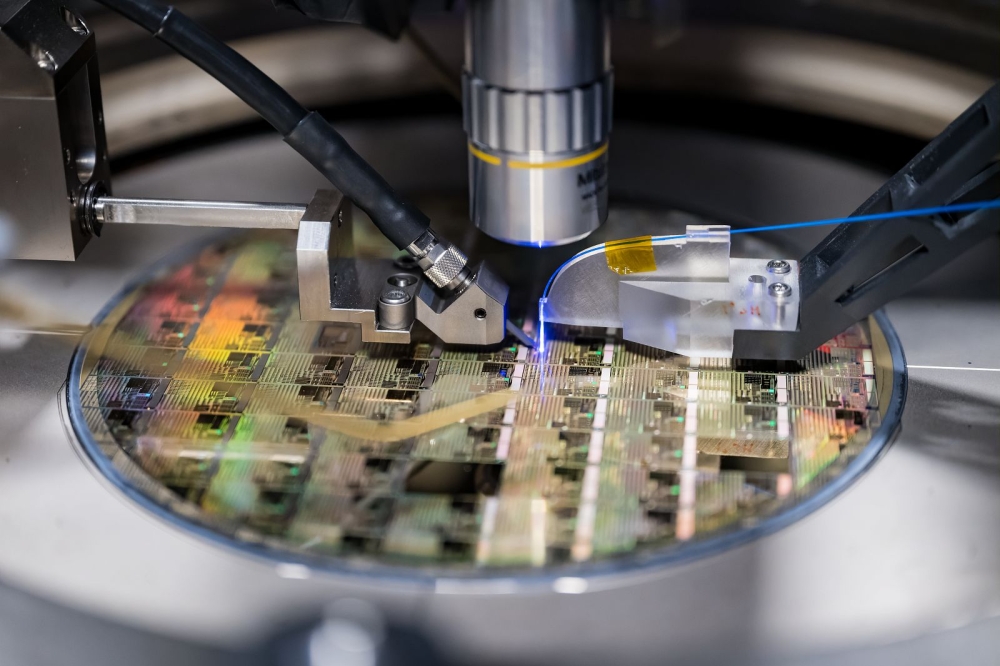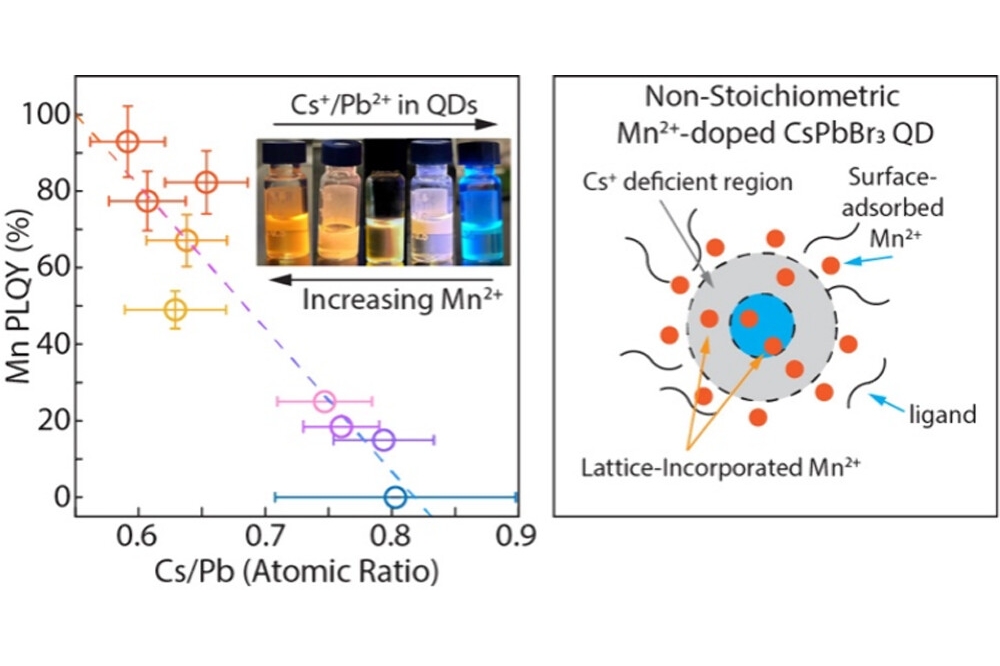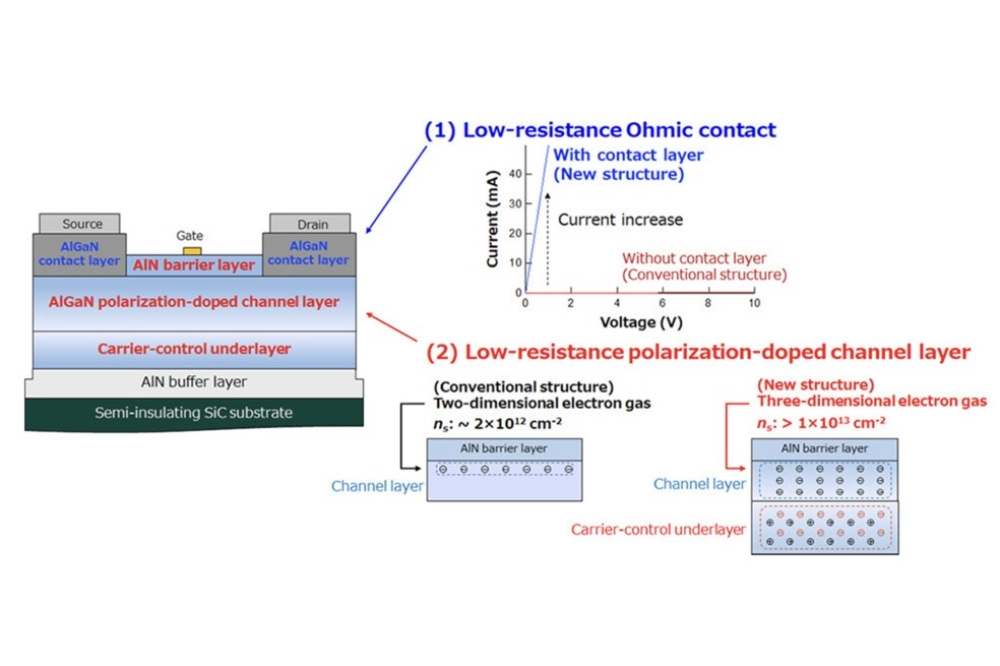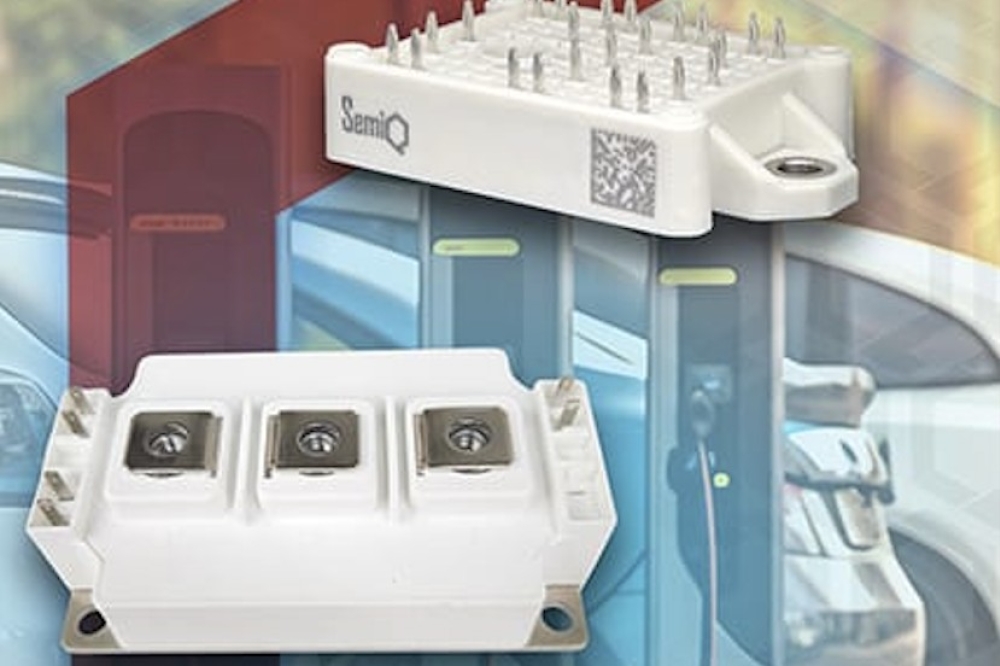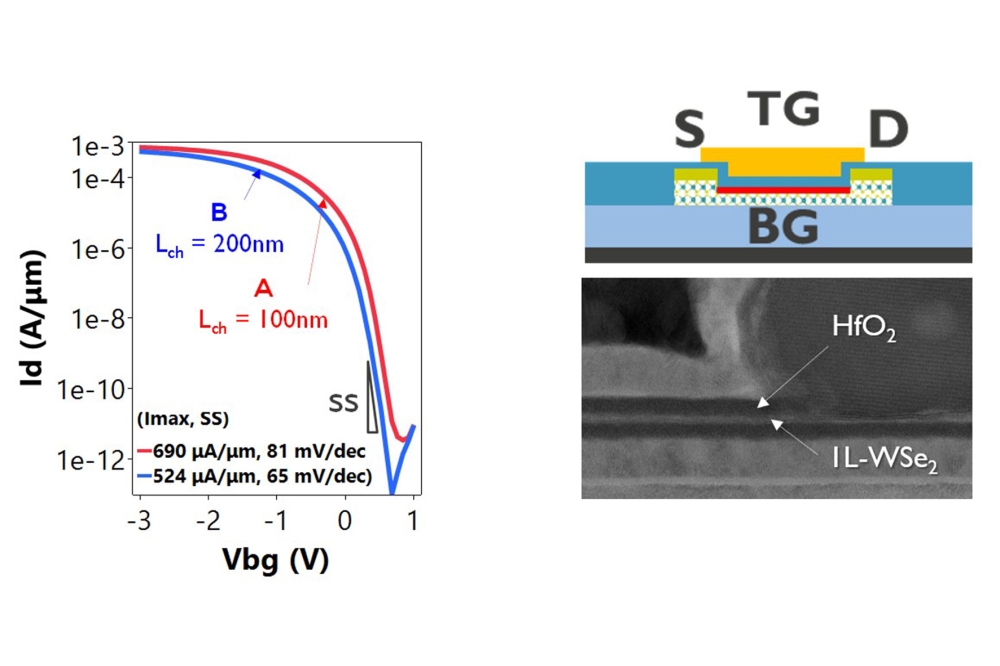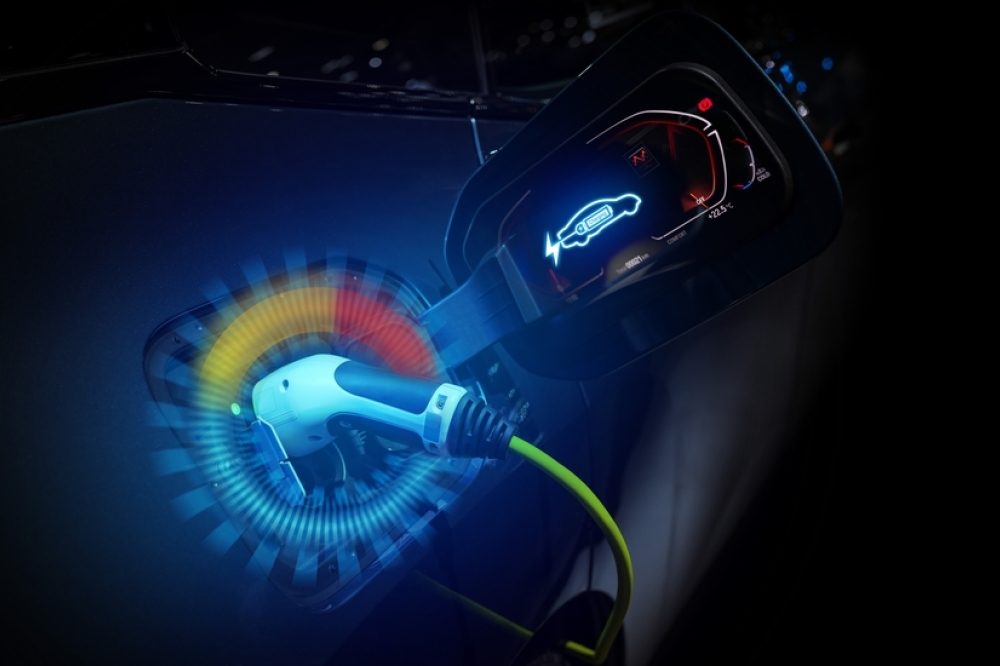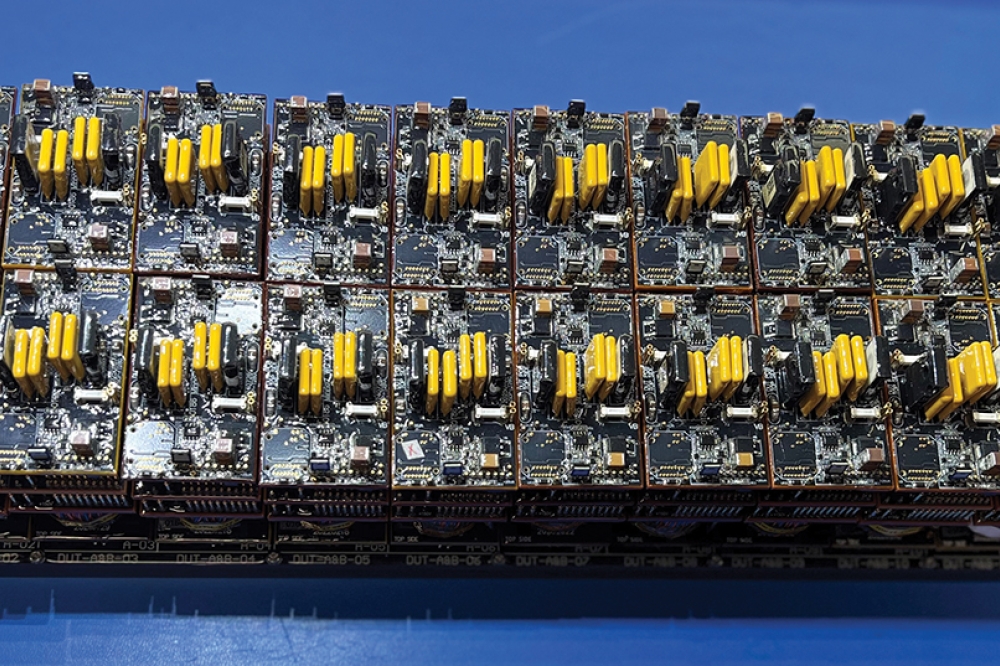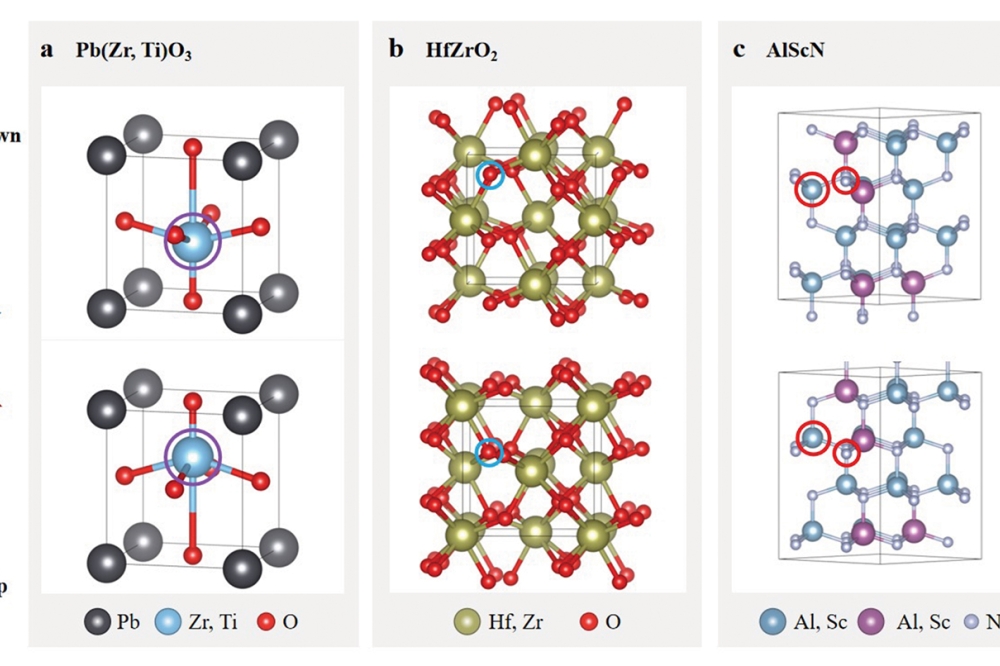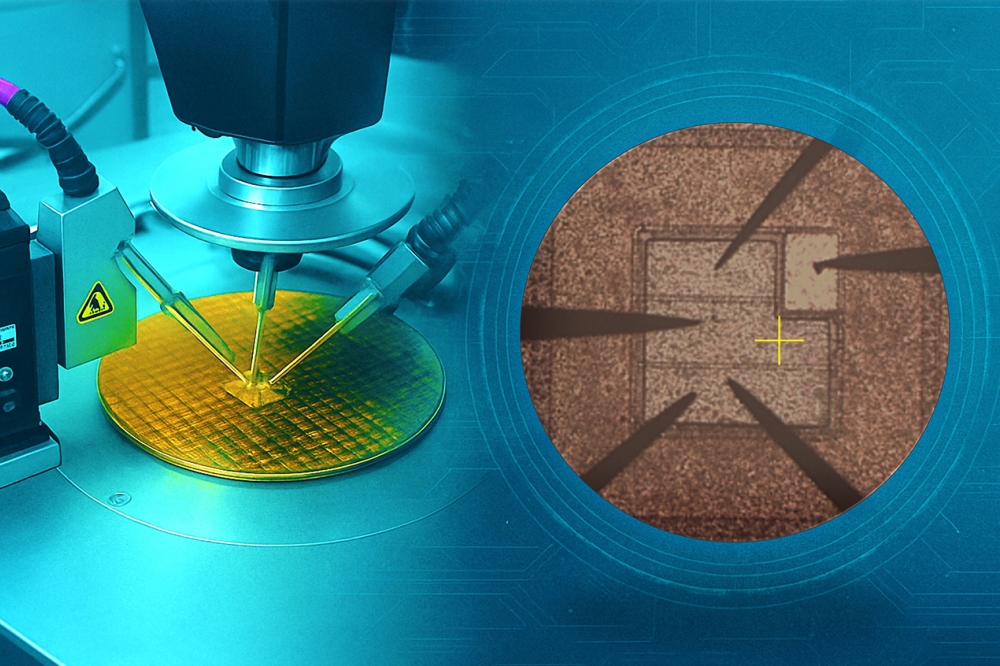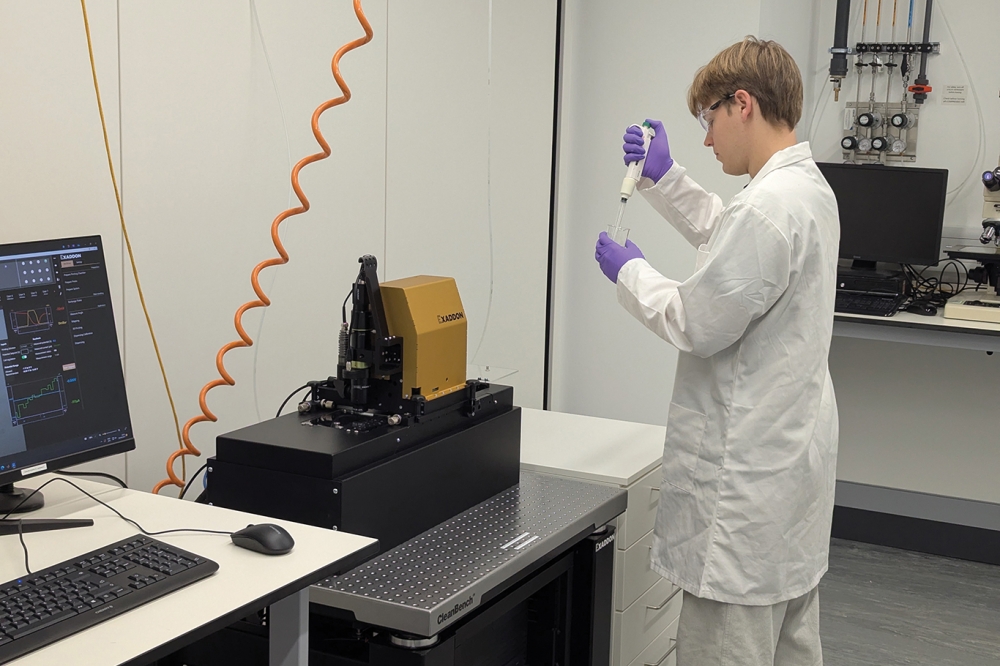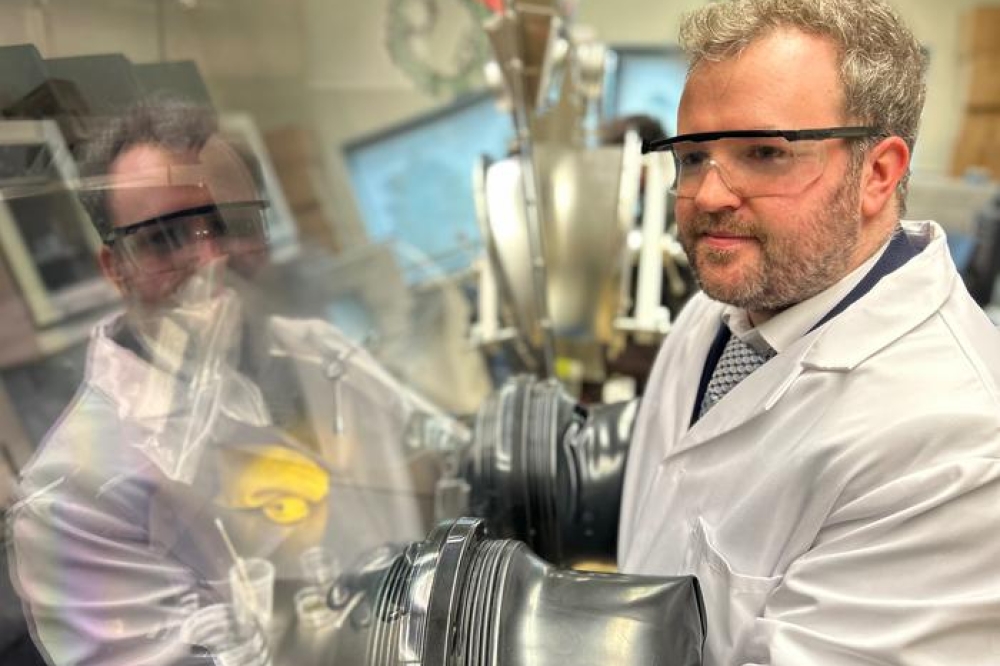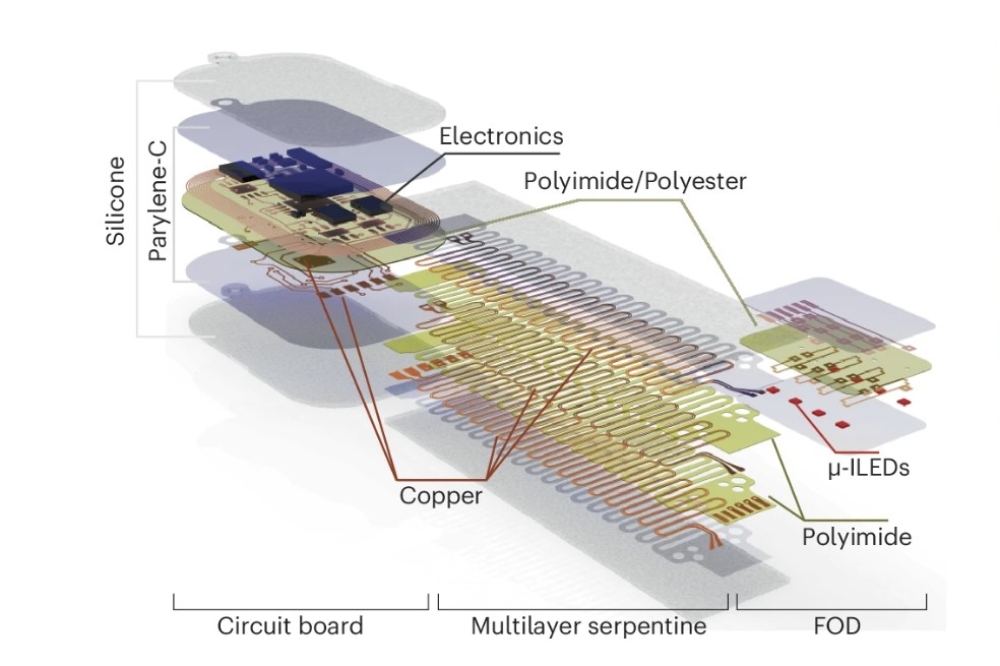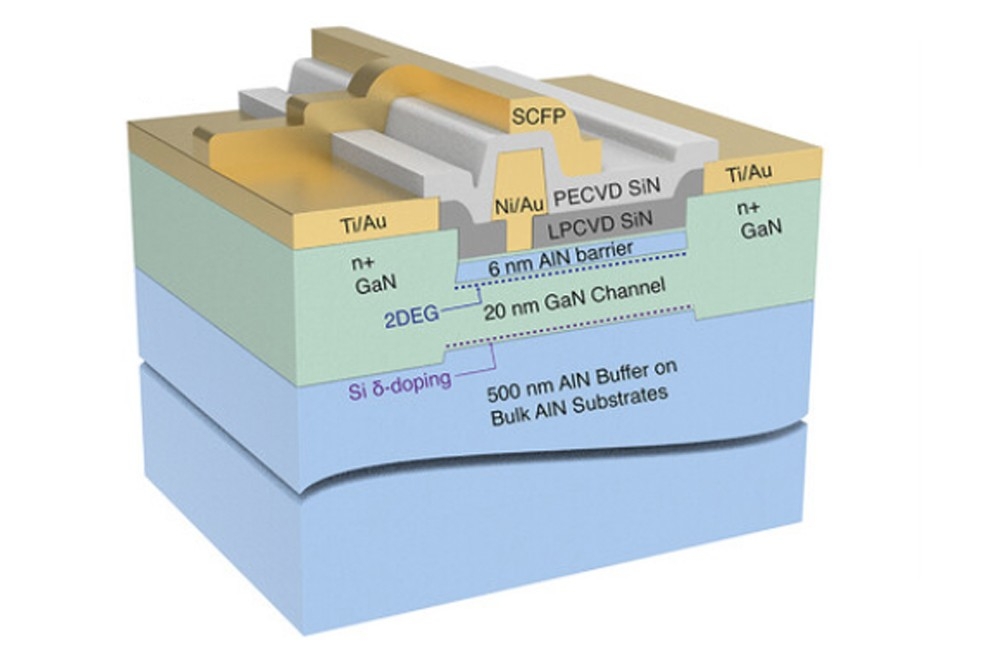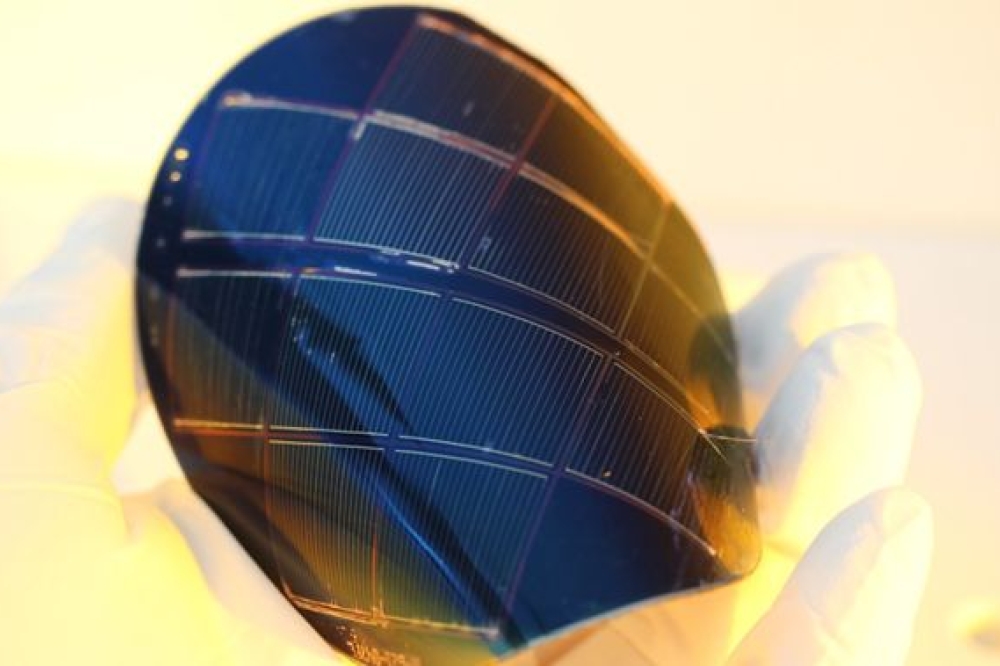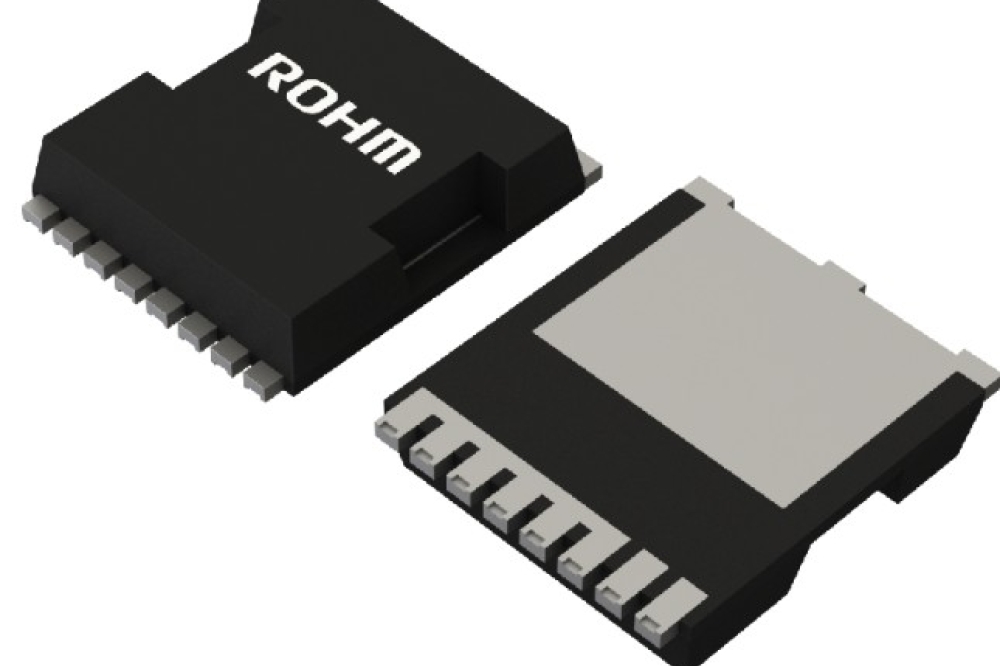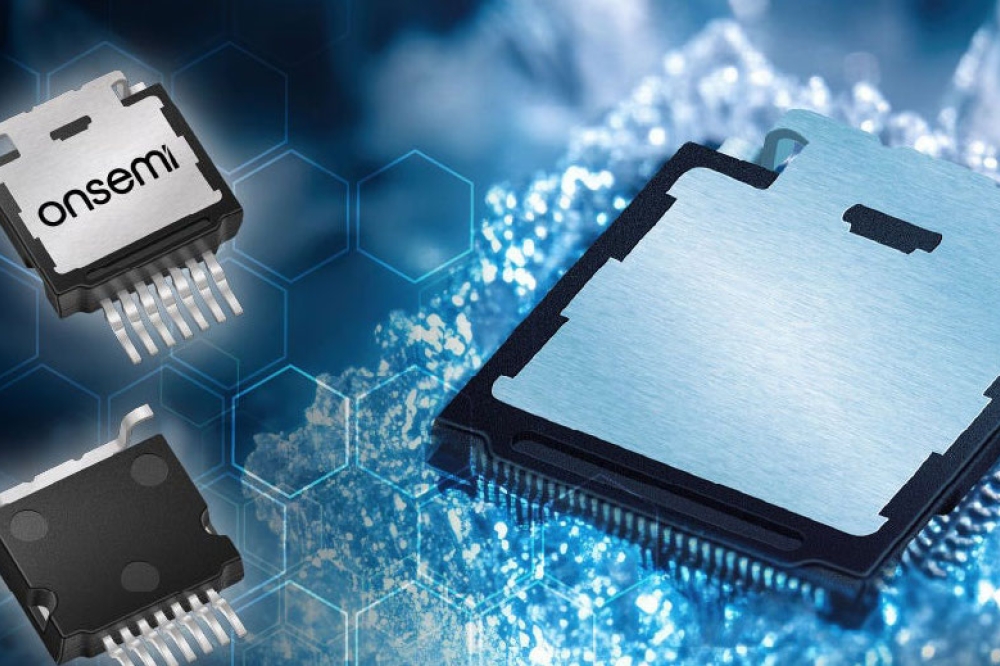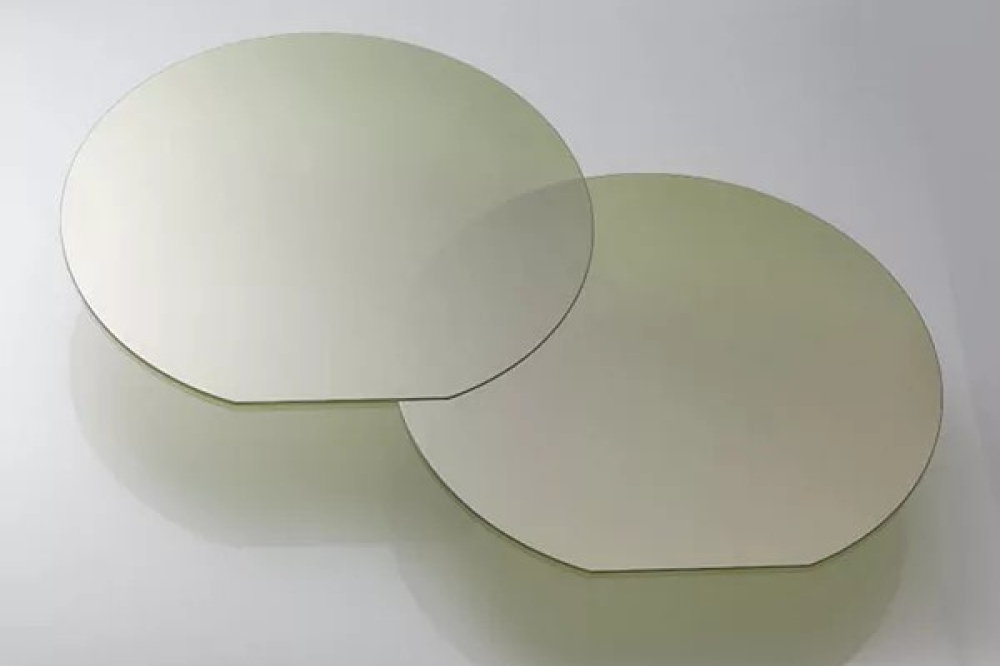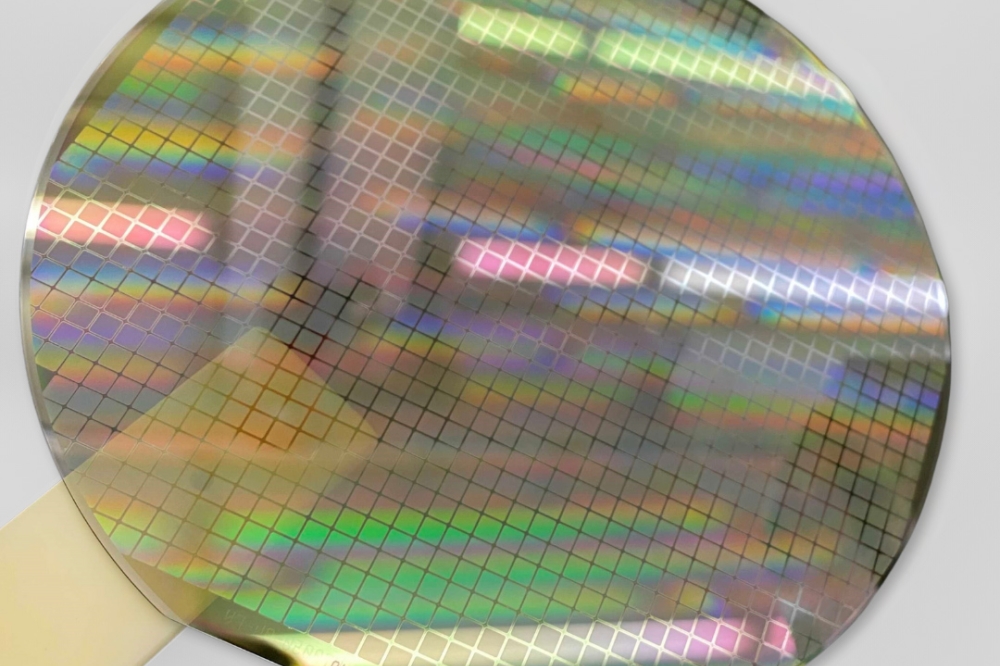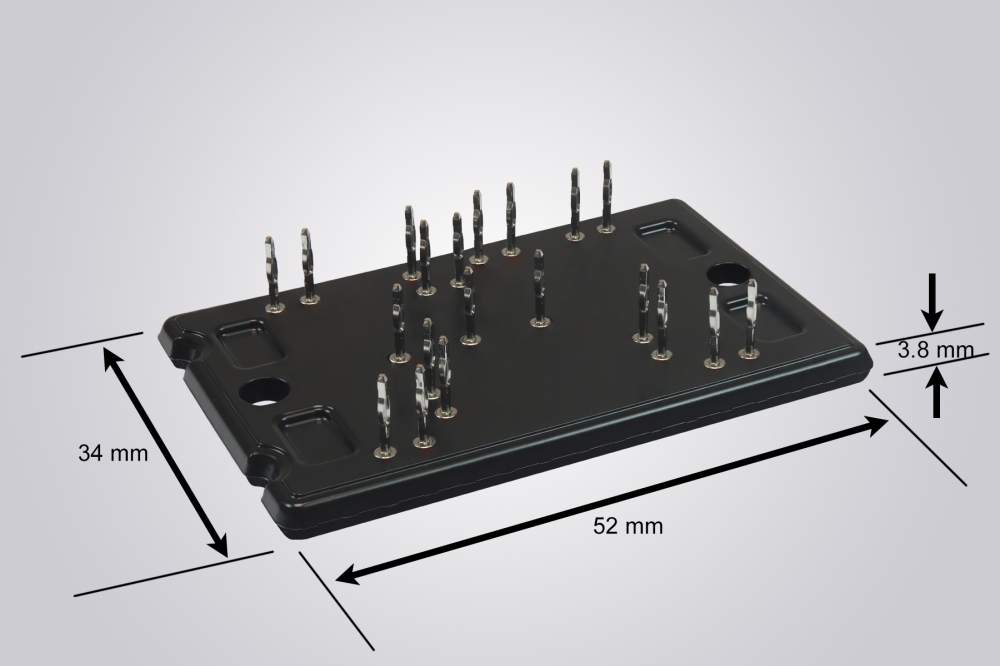EU collaboration steps up heterogeneous design

X-FAB Silicon Foundries, SMART Photonics, and Epiphany Design are developing a heterogeneous photonics integration platform that combines the strengths of InP and Silicon-on-Insulator (SOI) technologies, enabling multi-tera bit data rates for datacom and telecom applications.
The collaboration builds on the PhotonixFAB EU funding project, which supports the development of industrial pilot lines for silicon photonics SOI, micro transfer print-ready InP chiplets and micro transfer printing of InP chiplets on SOI and SiN photonics wafers.
Through the co-optimisation of SOI, InP, and Micro-Transfer-Printing (MTP) technologies, the new platform aims to address customer requirements for high-speed data rates and energy efficiency in high-volume manufacturing of optical transceivers. It also enables new functionalities and improved system performance while reducing integration costs through relaxed photonics packaging requirements.
MTP technology, pioneered by X-Celeprint, provides a broad degree of freedom for the system and product designers, by allowing flexible integration of chiplets into the product design.
The collaboration has made significant progress, resulting in the development of a design flow and PDK that enables the design of photonics circuits integrating InP chiplets on an SOI platform. This design flow is implemented in Luceda's IPKISS EDA tool. Luceda's technical expertise and support enabled the design of the demonstrator.
As part of this development, Epiphany Design – an X-FAB innovation and XCHAIN partner – has successfully demonstrated the new heterogeneous InP-on-SOI design flow with an optical transceiver demonstrator. This collaboration will be showcased at the 50th Optical Fiber Communication Conference (OFC) in San Francisco.
Jörn Epping, CEO of Epiphany Design, comments: “By bringing together the integration density of silicon with the high performance of InP actives, we enable new possibilities for disruptive innovation in telecom, datacom, and beyond. This approach empowers PIC designers with greater flexibility and a clear path towards scalable, high-performance PIC-based solution.”
The complete design flow will be available for early access in the first quarter of 2026. The goal is to support lead customers industrial prototyping by mid-2026, with production ramp-up readiness in 2027.


